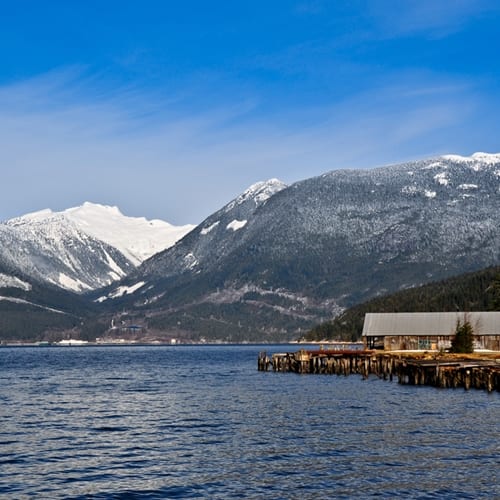Recently, the news has been filled with stories of archeological expeditions, from the return to the Antikythera wreck to the discovery of the lost ships of explorer Sir John Franklin. That last event has become a historical one for Canada, and now that country has found something potentially even more amazing at an archipelago off the coast of British Columbia.
The Globe and Mail reports that an unexplained arrangement of rocks, found on the ocean floor in this area, carries huge ramifications for understanding early human history. Located near Haida Gwaii, a land mass south of Graham Island and part of a national park reserve, these rocks may indicate humans were present in the area more than 13,000 years ago. Other scientists have previously argued that humans lived in this area, but not as far back as this new discovery would suggest.
Like with the Antikythera mission, archeologists used a preprogrammed Autonomous Underwater Vehicle (AUV) to monitor the area. Quentin Mackie, the scientist at the head of the expedition, told the Vancouver Sun that it's possible this discovery connects back to the ancient peoples who lived in Haida Gwaii.
"We know that people have lived in the Gwaii Haanas area for many thousands of years," he said. "The village that you were born in would be under water by the time you died. And they're able to take all this change in stride, and they probably even thrived on that."
The scientists are reportedly planning to go back to the site once they've acquired an ROV. Even if professionals are not currently using a unit like this, investigating ROV insurance is still important because it could open up new tools for exploration.

